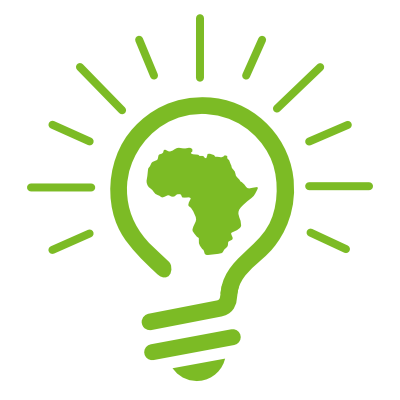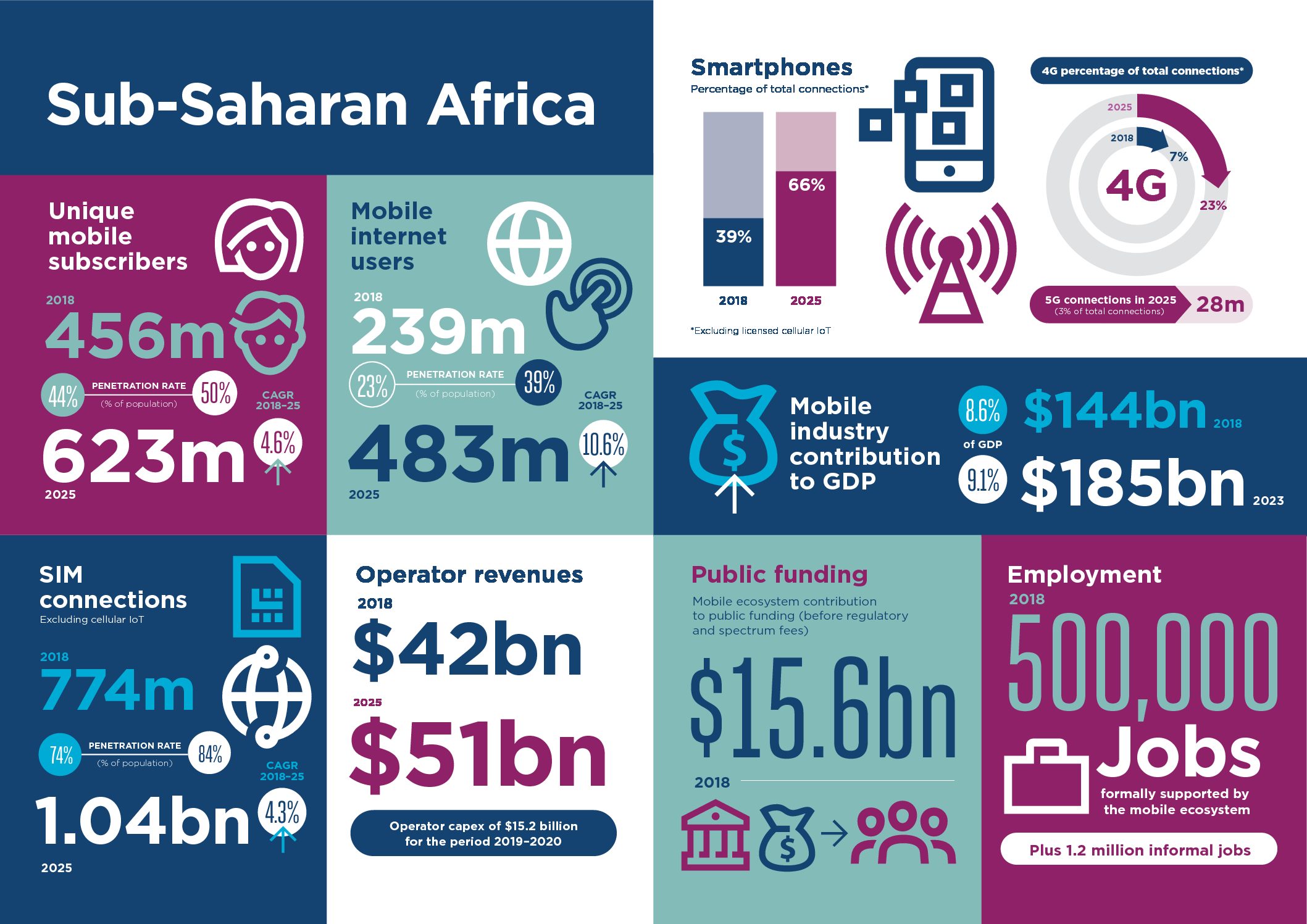If you reside or have visited Sub-Saharan Africa in recent years one thing becomes quickly apparent, mobile technology is drastically changing the way everyday business is conducted. Whether it’s mobile banking, ride-sharing, education or even accessibility and open-source data sharing in rural areas, technology is quickly redefining everyday-life for many people who live, work, or visit the continent.
GSMA Intelligence is the definitive source of global mobile operator data, analysis and forecasts, and publisher of authoritative industry reports and research. A recent Study by GSMA shows Sub-Saharan Africa will remain as the fastest growing region, with an additional 167 million subscribers anticipated by 2025. This growth will result in a total of over 600 million subscribers. Nigeria and Ethiopia are anticipated to reflect the fastest growth rates between now and 2025, at 19% and 11% respectively. A significant demographic of the anticipated users is the new first-time buyer, even as existing consumers strongly influence mobile usage trends. Mobile-enabled platforms, mostly developed by a rapidly expanding local tech start-up ecosystem, are helping to eliminate inefficiencies in conventional business models, as well as extend the reach of services and provide variety to consumers.
The 2019 Sub-Saharan Africa edition of the GSMA’s Mobile Economy report reveals that:
- Around 239 million people, equivalent to 23 per cent of the region’s population, use the mobile internet on a regular basis.
- Smartphones accounted for 39 per cent of mobile connections in Sub-Saharan Africa in 2018, forecast to increase to two-thirds of connections by 2025.
- 3G will overtake 2G to become the leading mobile technology in Sub-Saharan Africa by end of 2019.
- 4G will account for almost one in four connections by 2025. However, 4G uptake is being dampened in some markets by the high cost of 4G devices and delays in assigning 4G spectrum.
- The region’s mobile operators are increasing investment in their networks and are expected to spend $60 billion (capex) on network infrastructure and services between 2018 and 2025 – almost a fifth of this total being invested in new 5G networks.
- Sub-Saharan Africa’s mobile ecosystem supports around 3.5 million jobs, directly and indirectly, and last year contributed almost $15.6 billion to the funding of the public sector through consumer and operator taxes.
Mobile users are increasingly spanning the generational spectrum. Whether it’s young ones distracted by smart phones, or elderly family members connecting with loved ones via apps, the digital economy is best served when key management decisions support sustainable and resilient growth in the mobile industry. As technology changes the social and economic landscape, regulatory policies must also reflect these changing conditions and community needs, as policymakers work in partnership with stakeholders to enable timely, fair, and effective resolutions.
click here for detailed port.



